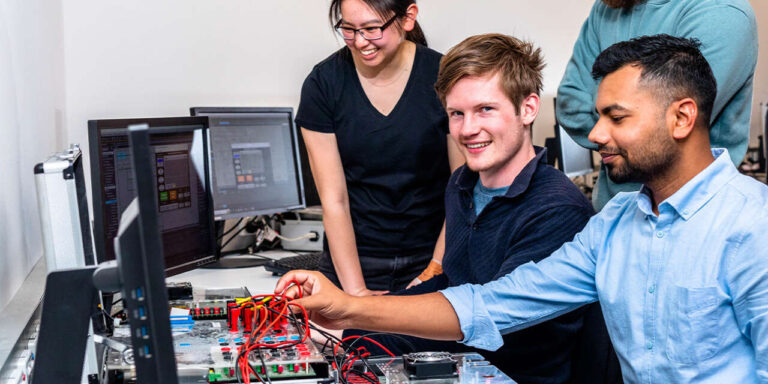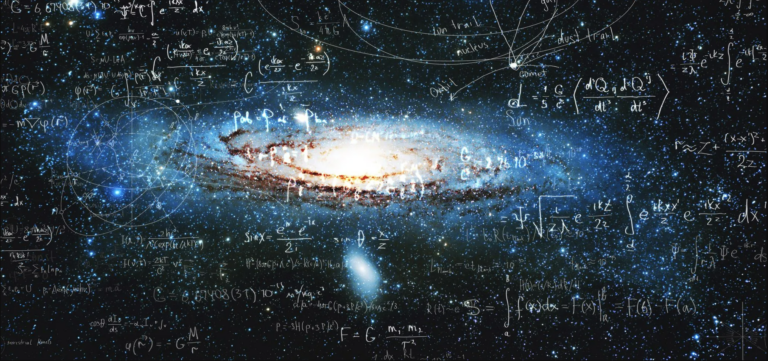Curtin Astrophysics/Electrical Engineering Scholarships – Women and non-binary
The purpose of the Curtin Electrical and Electronic Engineering Scholarship and Curtin Astrophysics Scholarship is […]
Below are examples of some past and future events which support the ICRAR Translation and Impact strategy.

The purpose of the Curtin Electrical and Electronic Engineering Scholarship and Curtin Astrophysics Scholarship is […]

Applications for Higher Degree by Research projects for 2025 have now closed. Projects are advertised […]
Find out about the range of events we have produced. These are examples of our activity for impact in academia, industry, and society.